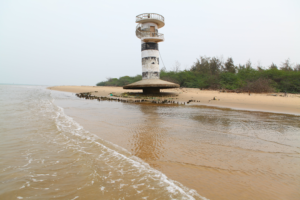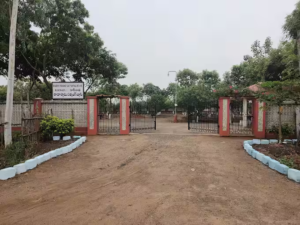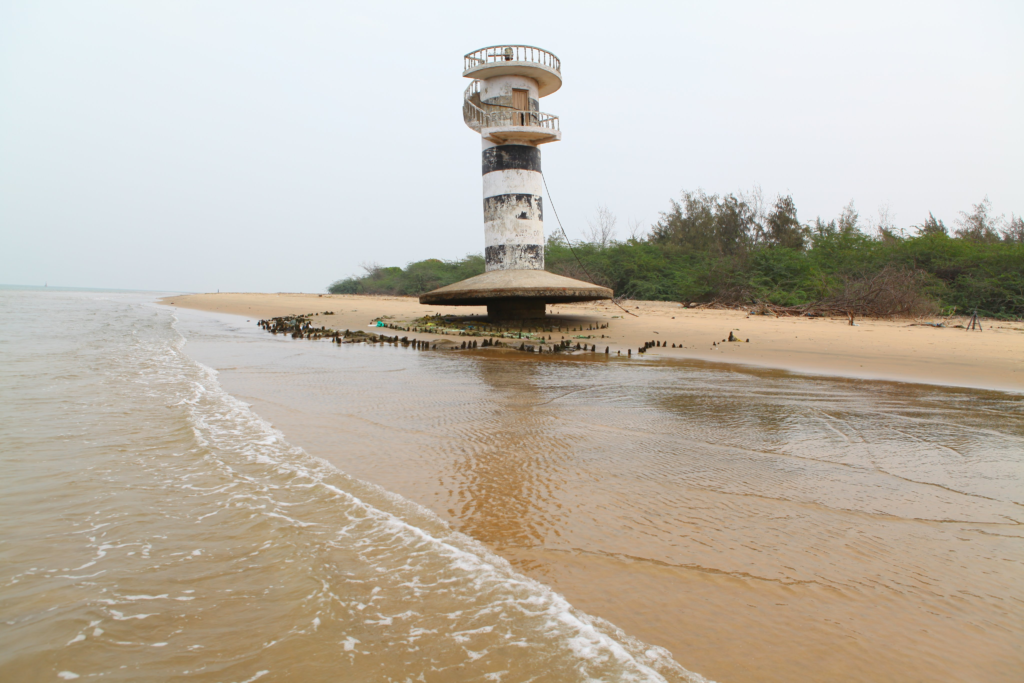Meta Description
Explore the enigmatic lost cities of India, uncovering their rich history, legends, and archaeological wonders. Discover the secrets of Dholavira, Vijayanagar, and more as we delve into their mysteries.
Table of Contents
1. Introduction
2. Conclusion
1. Introduction
India, a land of ancient civilizations and rich cultural heritage, is home to several lost cities that have fascinated historians and archaeologists for centuries. These cities, once thriving centers of trade, power, and innovation, now stand as ruins, whispering tales of their glorious past. From the advanced urban planning of Dholavira to the mythological legends of Dwarka, each of these cities holds secrets waiting to be uncovered. In this article, we embark on a journey through time to explore the lost cities of India and unravel their mysteries.
Dholavira: The Indus Valley Marvel
Located in Gujarat’s Rann of Kutch, Dholavira is one of the most significant sites of the Indus Valley Civilization. Discovered in 1967, it showcases advanced urban planning, sophisticated water conservation systems, and impressive architecture. The city was divided into three distinct sections: the citadel, middle town, and lower town, reflecting a well-organized settlement. Despite its advanced engineering, Dholavira eventually declined, possibly due to climatic changes or resource depletion. Today, it stands as a testament to the ingenuity of the ancient Harappans.

https://images.app.goo.gl/VDNieQQKGBgkU1Mr6
Vijayanagar: The Grand City of Ruins
Once a powerful South Indian empire, Vijayanagar flourished in the 14th to 16th centuries before its dramatic downfall in 1565. Situated in present-day Karnataka, the city was renowned for its grand temples, bustling markets, and vibrant culture. The Virupaksha Temple and the stunning stone chariot of Hampi are among its most iconic remnants. The city was eventually sacked by the Deccan Sultanates, leading to its decline and abandonment. Today, its ruins attract history enthusiasts and travelers from around the world.
Lothal: The Maritime Legacy
Lothal, another Indus Valley site in Gujarat, was a major maritime and trade center around 2400 BCE. It housed a well-planned dockyard, warehouses, and bead-making factories, indicating extensive trade relations with Mesopotamia and other ancient civilizations. Its sophisticated drainage system and urban layout showcase the advanced knowledge of the time. Despite its decline due to natural calamities, Lothal remains a crucial site for understanding India’s ancient trade and technological advancements.
Fatehpur Sikri: The Abandoned Mughal Capital
Built by Emperor Akbar in the 16th century, Fatehpur Sikri was the Mughal capital for a brief period before being abandoned due to water scarcity. Located near Agra, it features magnificent structures like the Buland Darwaza, Jama Masjid, and Panch Mahal. The city reflects Akbar’s architectural and cultural vision, blending Persian, Indian, and Islamic styles. Despite its short-lived prominence, Fatehpur Sikri remains a remarkable UNESCO World Heritage Site, drawing visitors with its grandeur and historical significance.

https://images.app.goo.gl/cVYNdFcNMmM7vawx7
Dwarka: The Sunken Kingdom
Mythology and history intertwine in the tale of Dwarka, the legendary city associated with Lord Krishna. Believed to have been submerged beneath the Arabian Sea, Dwarka has intrigued historians and archaeologists for centuries. Recent underwater excavations suggest the existence of an ancient settlement that aligns with historical records. Whether fact or fiction, the mystery of Dwarka continues to captivate scholars and devotees alike.
2. Conclusion
India’s lost cities are more than just remnants of the past; they are windows into the country’s rich history, culture, and ingenuity. Each city, with its unique legacy, offers a glimpse into ancient civilizations that once thrived and eventually faded into oblivion. Whether due to war, natural calamities, or resource depletion, their stories continue to intrigue and inspire. As modern archaeology uncovers new details, these lost cities will remain an essential part of India’s historical and cultural landscape.









